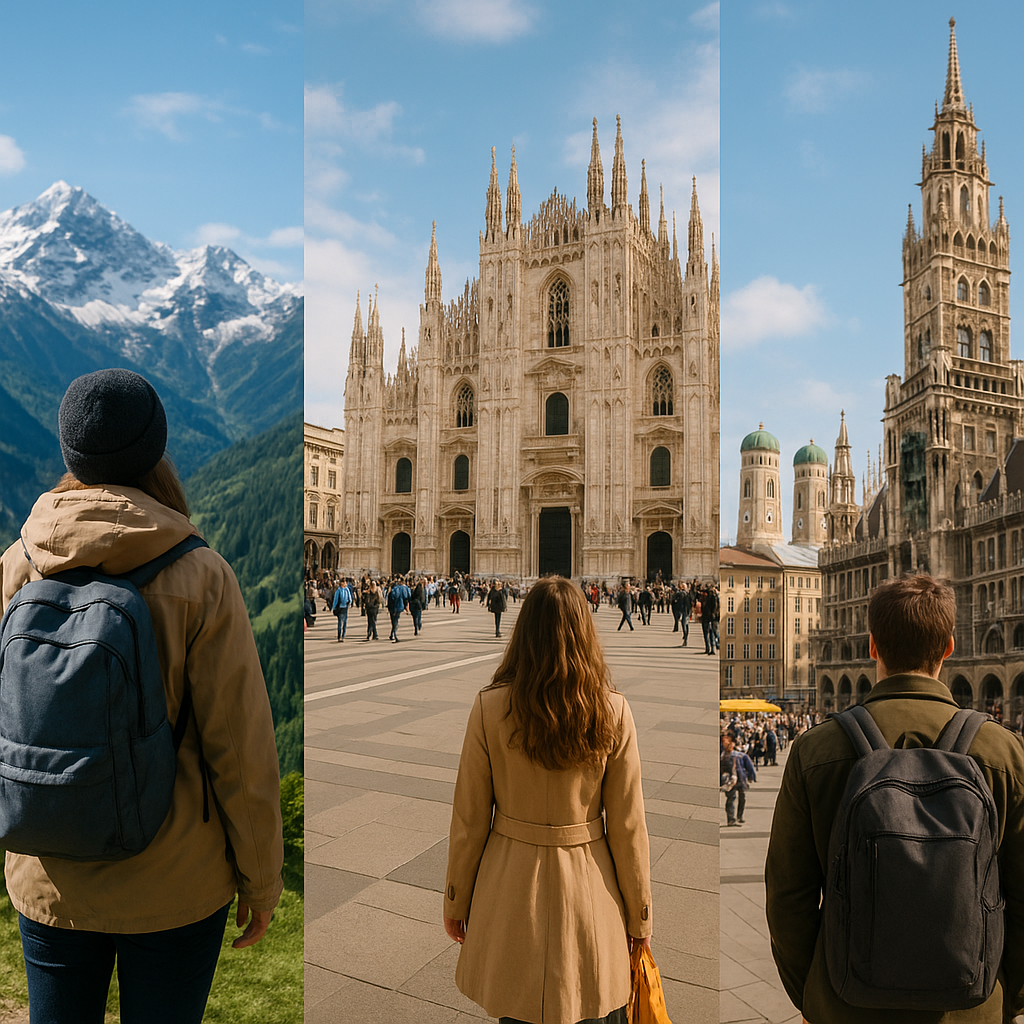
Dealing with redness and irritation in mountain climates can be a challenging task for many individuals who enjoy spending time in high-altitude environments. The unique conditions found in mountainous regions, such as lower oxygen levels, increased UV exposure, and harsh winds, can wreak havoc on the skin. This article will explore the causes of skin redness and irritation in mountain climates and provide practical solutions to help maintain healthy, radiant skin.
Understanding the Causes of Skin Redness and Irritation in Mountain Climates
Mountain climates present a unique set of challenges for the skin. The combination of environmental factors can lead to increased sensitivity, dryness, and inflammation. Understanding these factors is the first step in effectively managing skin redness and irritation.
Low Humidity and Dry Air
One of the primary causes of skin issues in mountain climates is the low humidity and dry air. At higher altitudes, the air tends to be much drier than at sea level. This lack of moisture can strip the skin of its natural oils, leading to dryness, flakiness, and irritation. When the skin’s barrier is compromised, it becomes more susceptible to redness and inflammation.
Increased UV Exposure
Another significant factor contributing to skin redness and irritation in mountain climates is the increased exposure to ultraviolet (UV) radiation. The higher the altitude, the thinner the atmosphere, which means less UV radiation is filtered out. This increased exposure can lead to sunburn, photoaging, and heightened sensitivity, all of which can cause redness and irritation.
Harsh Winds and Cold Temperatures
Mountain climates are often characterized by harsh winds and cold temperatures. These conditions can further exacerbate skin issues by causing windburn and chapping. The combination of cold air and strong winds can strip the skin of its natural moisture, leading to increased dryness and irritation. Additionally, the constant exposure to these elements can weaken the skin’s protective barrier, making it more prone to redness and inflammation.
Practical Solutions for Managing Skin Redness and Irritation
While the challenges of maintaining healthy skin in mountain climates are significant, there are several practical solutions that can help mitigate redness and irritation. By incorporating these strategies into your skincare routine, you can protect your skin and keep it looking its best, even in the harshest conditions.
Hydration and Moisturization
One of the most effective ways to combat dryness and irritation in mountain climates is to ensure your skin is well-hydrated and moisturized. Use a hydrating serum or essence to provide an extra layer of moisture, followed by a rich, emollient moisturizer to lock in hydration. Look for products that contain ingredients like hyaluronic acid, glycerin, and ceramides, which help to attract and retain moisture in the skin.
Sun Protection
Given the increased UV exposure in mountain climates, sun protection is crucial. Apply a broad-spectrum sunscreen with an SPF of at least 30 every day, even on cloudy or overcast days. Reapply every two hours, or more frequently if you are sweating or swimming. Additionally, consider wearing protective clothing, such as wide-brimmed hats and UV-blocking sunglasses, to further shield your skin from harmful rays.
Barrier Repair
Strengthening the skin’s barrier is essential for preventing redness and irritation. Look for products that contain barrier-repairing ingredients, such as niacinamide, panthenol, and fatty acids. These ingredients help to reinforce the skin’s natural protective barrier, making it more resilient to environmental stressors. Additionally, avoid harsh cleansers and exfoliants that can strip the skin of its natural oils and compromise the barrier.
Wind and Cold Protection
To protect your skin from harsh winds and cold temperatures, consider using a barrier cream or ointment. These products create a protective layer on the skin, shielding it from the elements and preventing moisture loss. Look for formulations that contain occlusive ingredients, such as petrolatum, beeswax, or shea butter. Additionally, wearing a scarf or face mask can provide an extra layer of protection against the wind and cold.
Gentle Skincare Routine
When dealing with redness and irritation, it’s important to adopt a gentle skincare routine. Avoid using products that contain alcohol, fragrances, or other potential irritants. Instead, opt for gentle, soothing formulations that are designed for sensitive skin. Look for ingredients like aloe vera, chamomile, and calendula, which have anti-inflammatory and calming properties.
Conclusion
Dealing with redness and irritation in mountain climates requires a comprehensive approach that addresses the unique challenges posed by high-altitude environments. By understanding the causes of skin issues and implementing practical solutions, you can protect your skin and maintain its health and radiance. Hydration, sun protection, barrier repair, and gentle skincare practices are all essential components of an effective skincare routine in mountain climates. With the right strategies in place, you can enjoy the beauty of the mountains without compromising the health of your skin.

